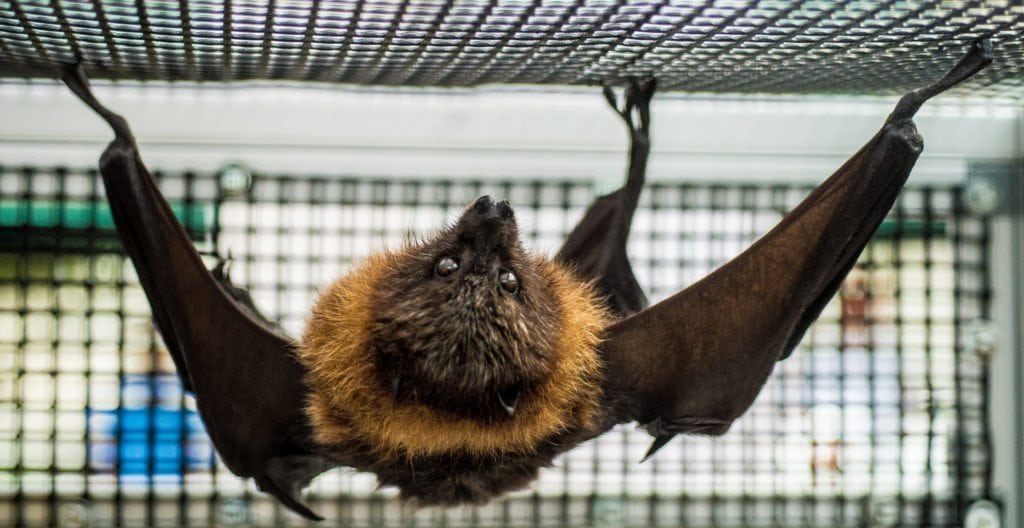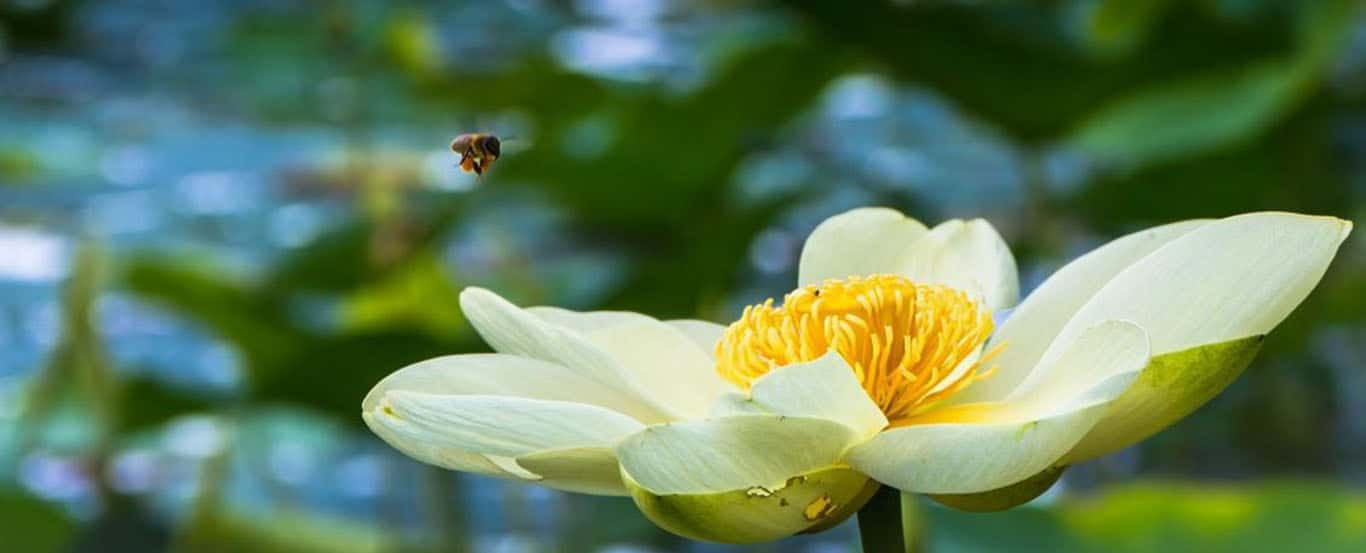We at Lands of America confess our frequent admiration for blockbuster big-game species like elk and deer as icons of the land lifestyle. However, let’s not forget the little guys like snakes, insects and pollinators such as bees, bats and butterflies who are equally important members of the natural world we all share and cherish.
This week marks the USDA’s National Pollinator Week (June 20-26), an event which seeks to reinforce the crucial role that pollinators play in the ecological chain, bringing popular summer fruit like watermelons, strawberries and melons to our tables, among their many other contributions up and down the food chain. The week of events, workshops and public-awareness outreach will conclude with the seventh-annual Pollinator Week Festival on June 26, which will be held outside USDA’s headquarters in Washington, D.C.

Recent threats to these workhorse species of the natural world include habitat loss, disease and widespread pesticide usage. A 2007 paper in the Proceedings of the Royal Society B: Biological Sciences estimated that one in three bites of food is dependent on pollination, representing some 180,000 different plant species and more than 1,200 crops. According to a 2014 fact sheet released by the White House, pollinators contributed more than $24 billion to the U.S. economy.
So as we celebrate the official start of summer and all the pleasures of the summer growing season, we tip our hats to the many tiny, usually invisible species of insects, birds and animals that are hard at work in our forests, fields, meadows and backyard gardens every day.
For more on the Pollinator Week Festival and pollinators in general, visit www.pollinator.org. In March 2016, the University of Georgia’s College of Agricultural and Environmental Sciences released a set of tips and guidelines for home gardeners and landscapers that is available via this link.



